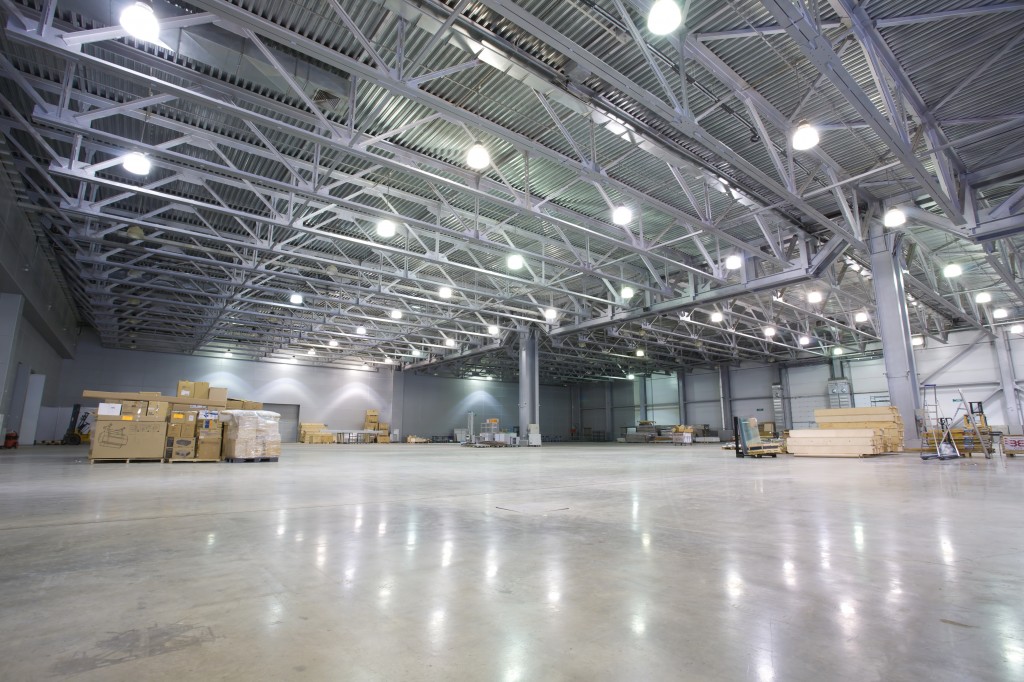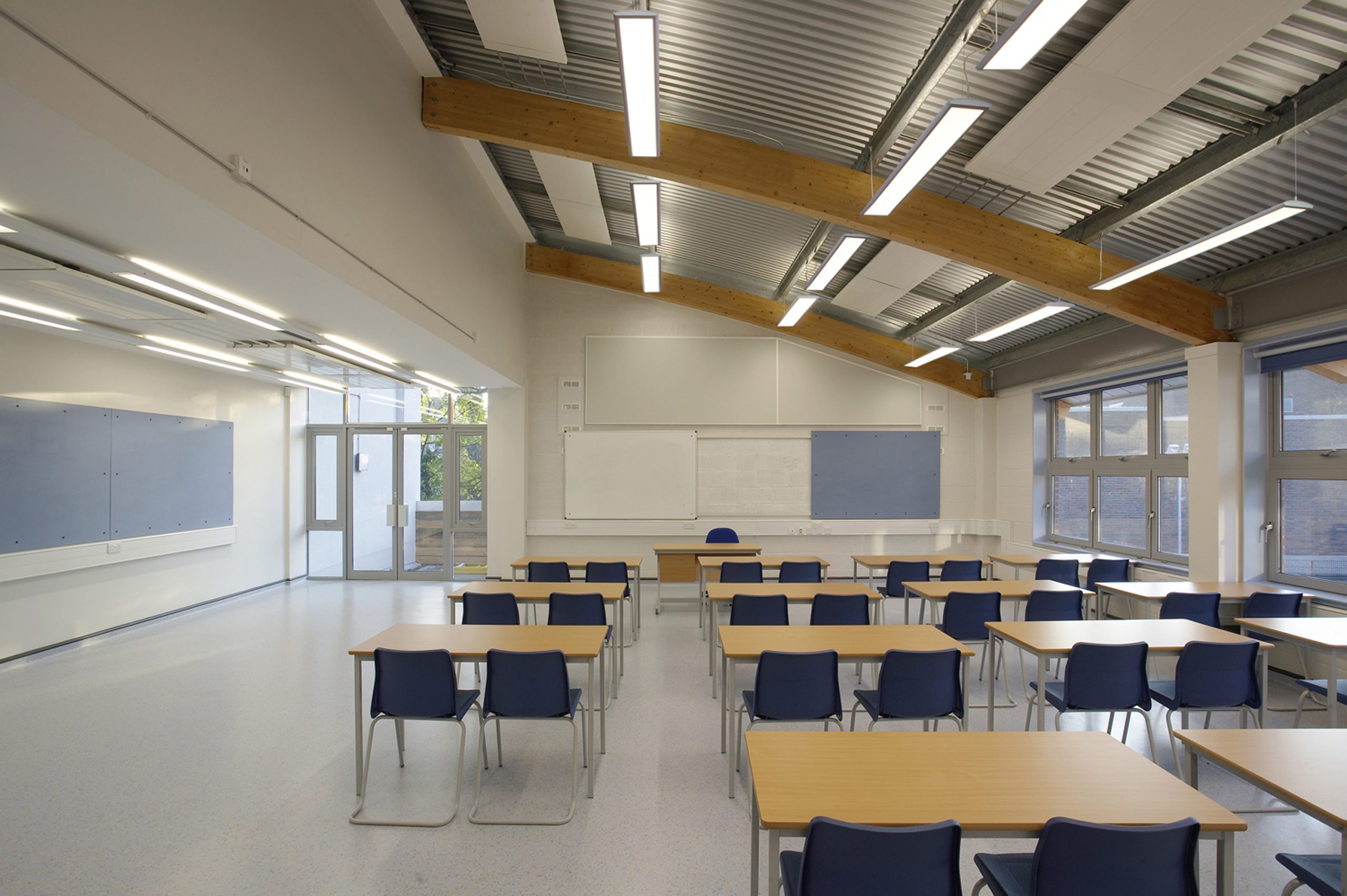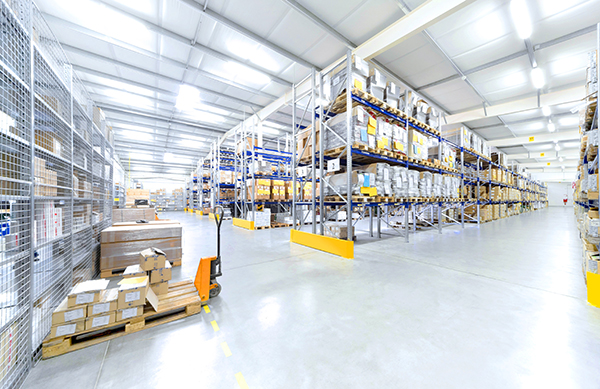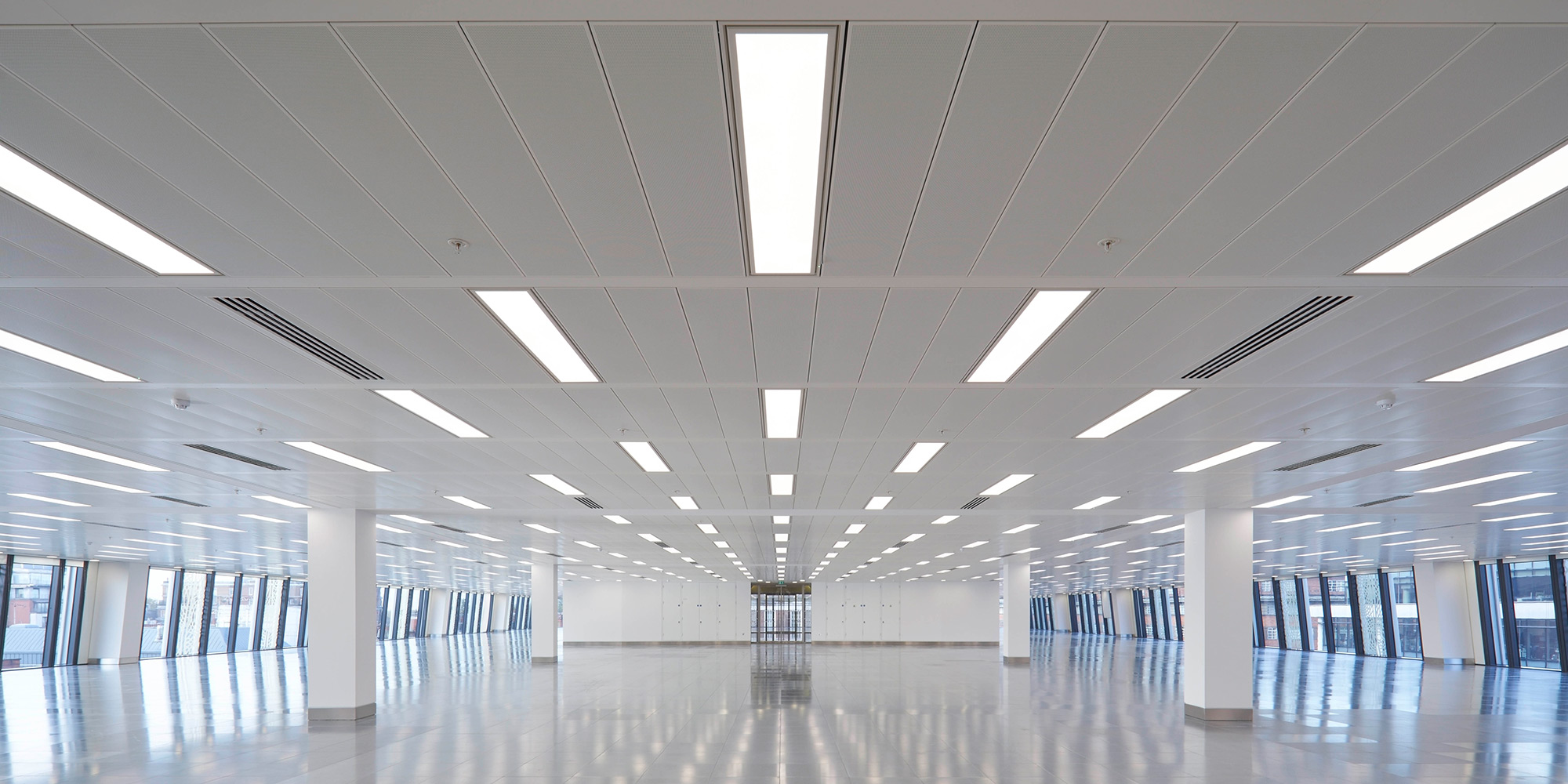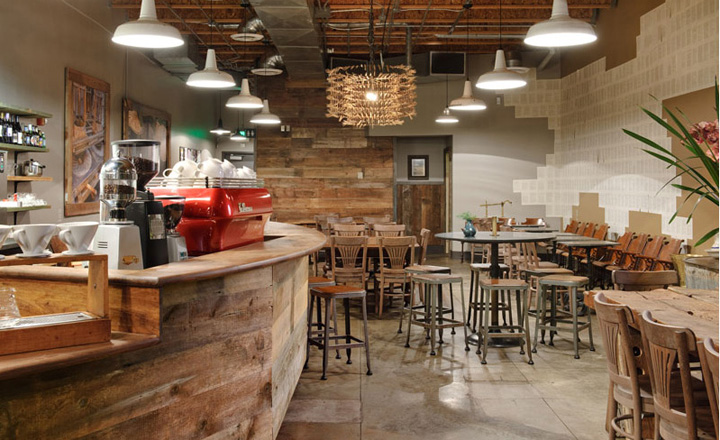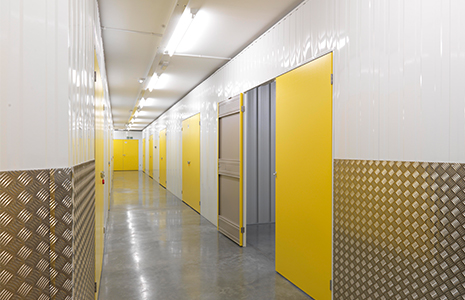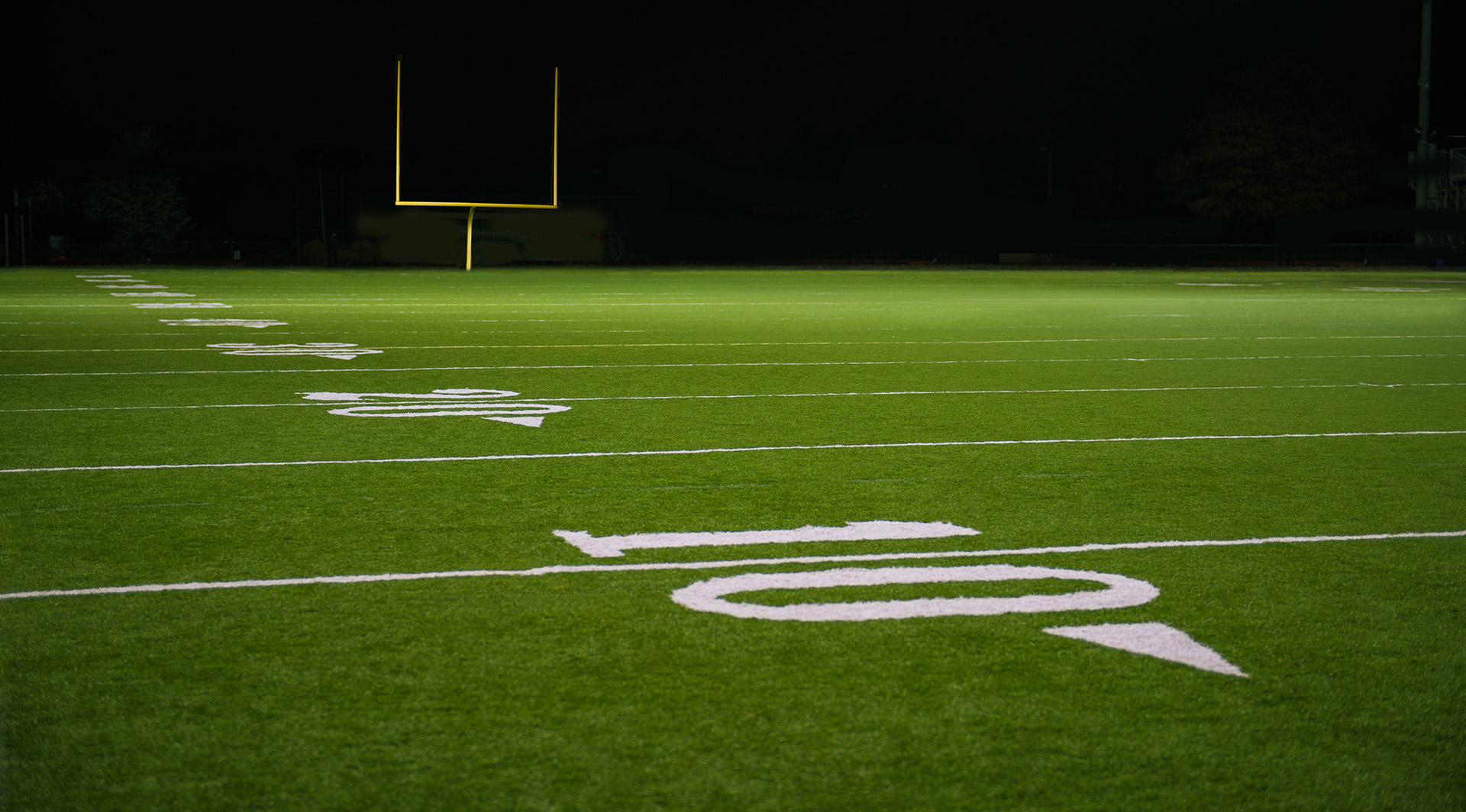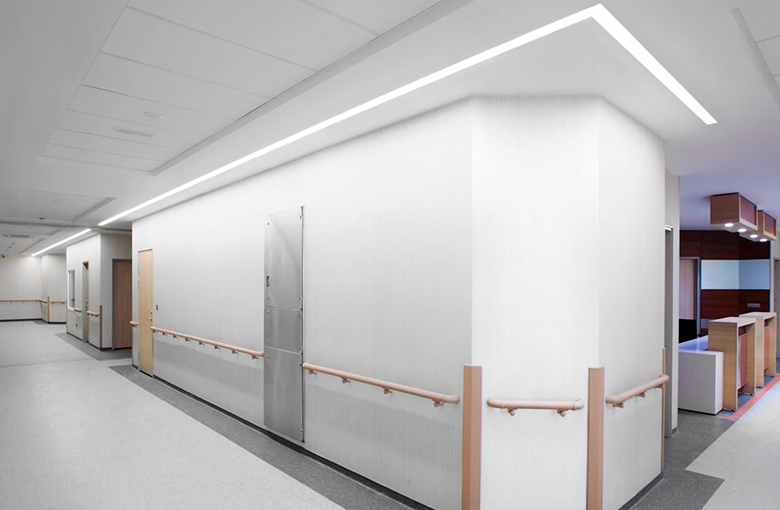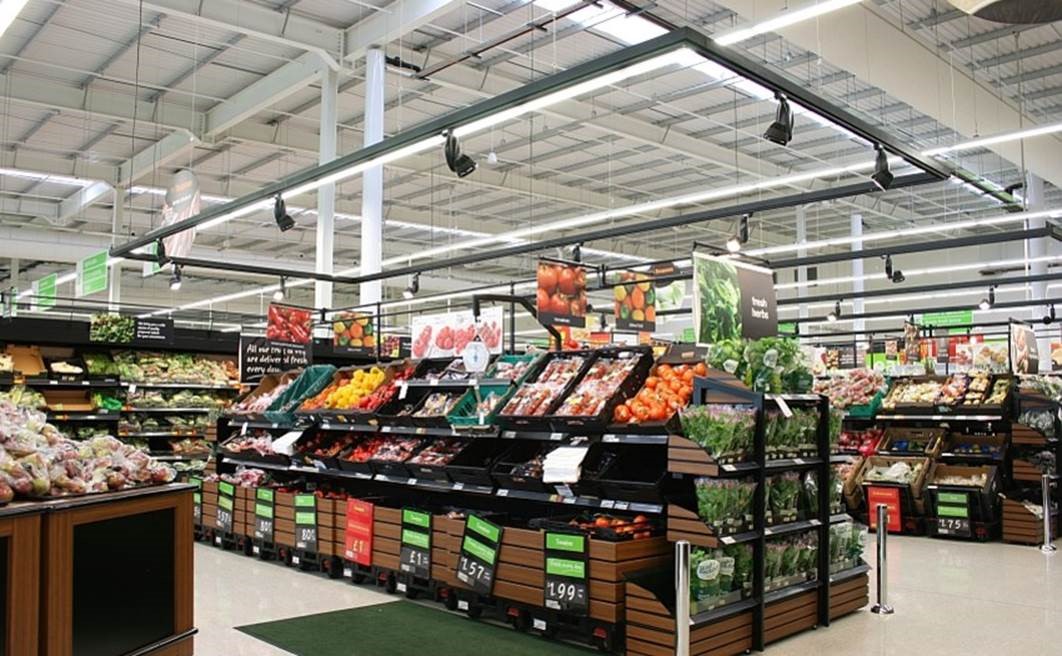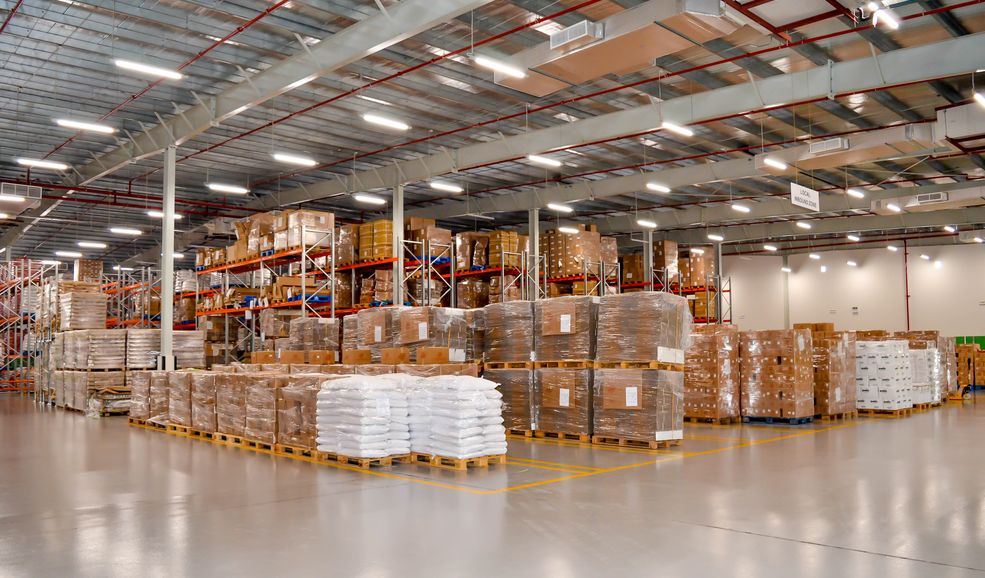Does your business worry about increasing energy prices? Are you searching for ways to cut business costs? Or are you worried about your carbon footprint? In any of the above cases, updating your business with a commercial lighting retrofit can save you money!
Retrofitting your business lighting – including industrial warehouses, office spaces, and more – can be a challenging task, but with the right suppliers and years of experience, the challenge will be well worth the reward. Utilizing energy-efficient lighting will help you and your employees in many ways. First, LED bulbs can cut lighting costs by up to 90% because the bulbs are more efficient than other choices. This also makes the lights cooler to the touch, cutting out any excess cooling costs that you needed previously.
Other health benefits will come to you and your employees with energy-efficient and cost-cutting LED lighting by Relumination. The benefits of better and brighter lighting help with the functionality of the space, and LED lights do not wear out over time. As well, the light produced by LED bulbs does not cause headaches or other symptoms that fluorescent and incandescent lighting do.
On top of these major benefits to your business, LED lights last longer, – meaning you have to buy fewer saving more money – are fully recyclable, and have no warm-up time. A broad array of designs and lighting styles are available, including dimming lights and colored lights, to suit any business’s needs.
Overall, a commercial lighting retrofit will benefit your company monetarily, environmentally, and socially.

